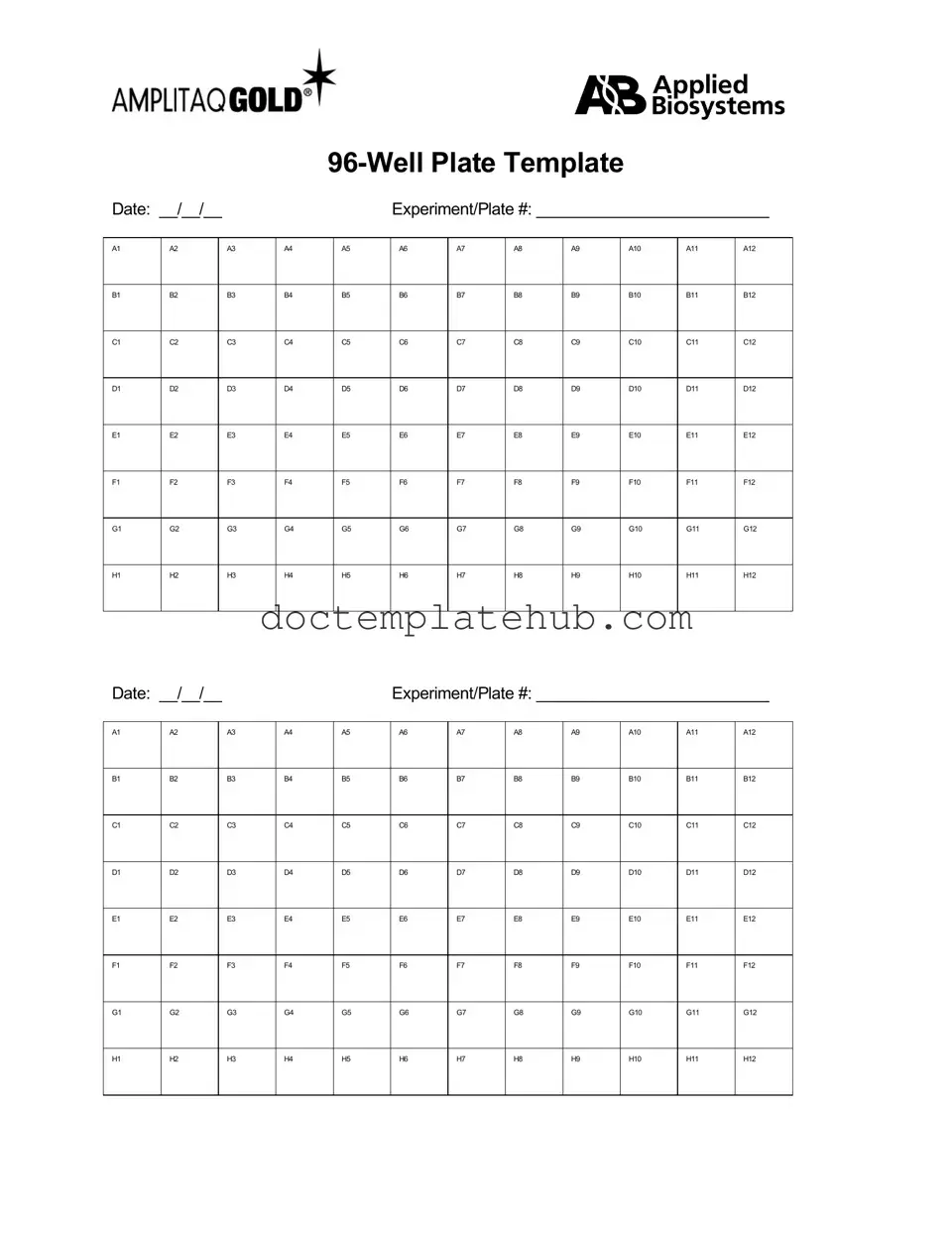What is the 96 Well form used for?
The 96 Well form is commonly used in laboratory settings, particularly in biological and chemical experiments. It serves as a template for organizing and documenting information about samples, reagents, or experimental conditions in a 96-well plate format. This format allows researchers to efficiently manage multiple samples at once, making it easier to track results and analyze data.
How do I fill out the 96 Well form?
Filling out the 96 Well form typically involves entering specific details for each well in the plate. This may include sample IDs, concentrations, experimental conditions, and any other relevant notes. It's important to ensure that the information is clear and organized, as this will help in interpreting results later. You can often find templates online or create your own based on your specific needs.
Can I use the 96 Well form for different types of experiments?
Yes, the 96 Well form is versatile and can be adapted for various types of experiments. Whether you're conducting enzyme assays, PCR reactions, or cell culture experiments, this form can help you keep track of your samples and conditions. Just make sure to customize the fields to suit the specific requirements of your experiment.
Is there a digital version of the 96 Well form?
Many researchers prefer using digital versions of the 96 Well form. Software programs and online platforms often provide templates that you can fill out electronically. This not only saves time but also reduces the risk of errors that can occur with handwritten notes. Look for laboratory management software that includes customizable templates for 96-well formats.
What should I do if I make a mistake on the 96 Well form?
If you make a mistake while filling out the 96 Well form, it's important to correct it as soon as possible. If you're using a paper form, you can cross out the error and write the correct information next to it. For digital forms, simply edit the entry. Always ensure that any changes are clear to anyone reviewing the form later, as accuracy is crucial in scientific research.
Where can I find a sample 96 Well form?
Sample 96 Well forms can be found in various places online. Many educational institutions and research organizations provide templates for public use. You can also check scientific publications or laboratory management websites. Additionally, consider asking colleagues or mentors for their preferred versions, as they may have insights into what works best for specific experiments.
